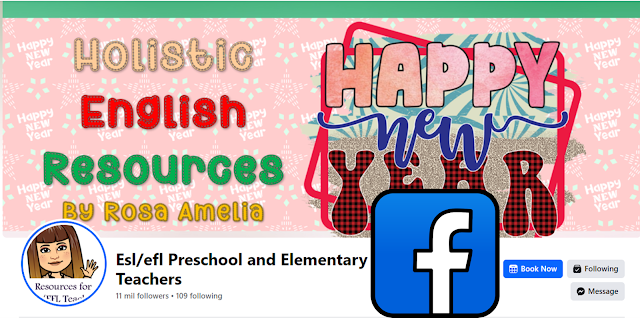This resource is included in the Pets Unit for Elementary ELL -Starters. Use these to give your K-2 English students a variety of activities to engage them.
LINK: https://www.teacherspayteachers.com/Product/Pets-Unit-for-Elementary-ELL-Starters-10780015
The games will boost your
students’ confidence in their English language skills. They will participate
with knowledge of the language and take risks at playing with their peers. Games provide a place to motivate speaking expanding your students' linguistic competence.
The pet unit board game can be
adapted for the different levels of English that you have in class. Make your
own rules for the game or even better have the students make new ones to make
it more challenging for the more proficient students.
Print the board, cut and glue
to assemble one bigger game. Glue the tips of the game board markers. There are
four, so this is a game for mainly 4 students. The pet shop template is for
students to place the cards they get when playing. The winner is the one with
the most pets in their shops. Students can play by just recognizing the pet
they land on and get the corresponding card to place in their shop. As they get
more advanced, make more difficult gramma sentences, such as: I want an orange
cat for my pet shop.
Playing this picture and word
domino is great to use as a social interaction activity to promote
socialization between your students. It
will be a matching picture and then word and so on. If you need bigger tiles
let me know. I made them small in order for students to take them even outdoors
or to play on their own.
Jumbled sentences games will
reinforce the students with the correct understanding of the order of words in
a sentence. This works towards proper grammar and syntax rules. Students’ ca moves
the cards to make larger sentences or just make phrases. They can even write
them down on their notebooks afterwards.
The sentence association game is great for
language production as the students have to read the sentences and find the
corresponding picture. They might find two pictures for one sentence and use
their ability to pick the correct one. As your teaching context is unique, adapt this game as a reading activity or a listening/speaking one in which one student reads the sentence and the others find the corresponding card with the picture.
There is a set of small cards with
pictures and words. It will help students memorize the new vocabulary. Use them
for writing activities if you wish.
Include spelling activities for vocabulary development. This kind of activities helps into learning and remembering the new words.
After the students write the words using the cards, they can also write those on their notebooks.
Call the words using the cards
from any of the games above.
The students will ask each
other questions bout the animal that one student selected for the other to
guess: Is it green? Does it have big eyes? Is it a frog?
This resource has more to check, go to this blog post:https://eflelementaryresources.blogspot.com/2024/04/the-dog-and-prepositions-for-elementary.html

Check my blog for Kindergarten
English Language Learners and find more resources on this unit. CLICK: https://eflpreschoolteachers.blogspot.com/2021/05/pets-unit-flashcards-for-kindergarten.html





























.png)
.png)
.png)
.png)

.png)
.png)

















